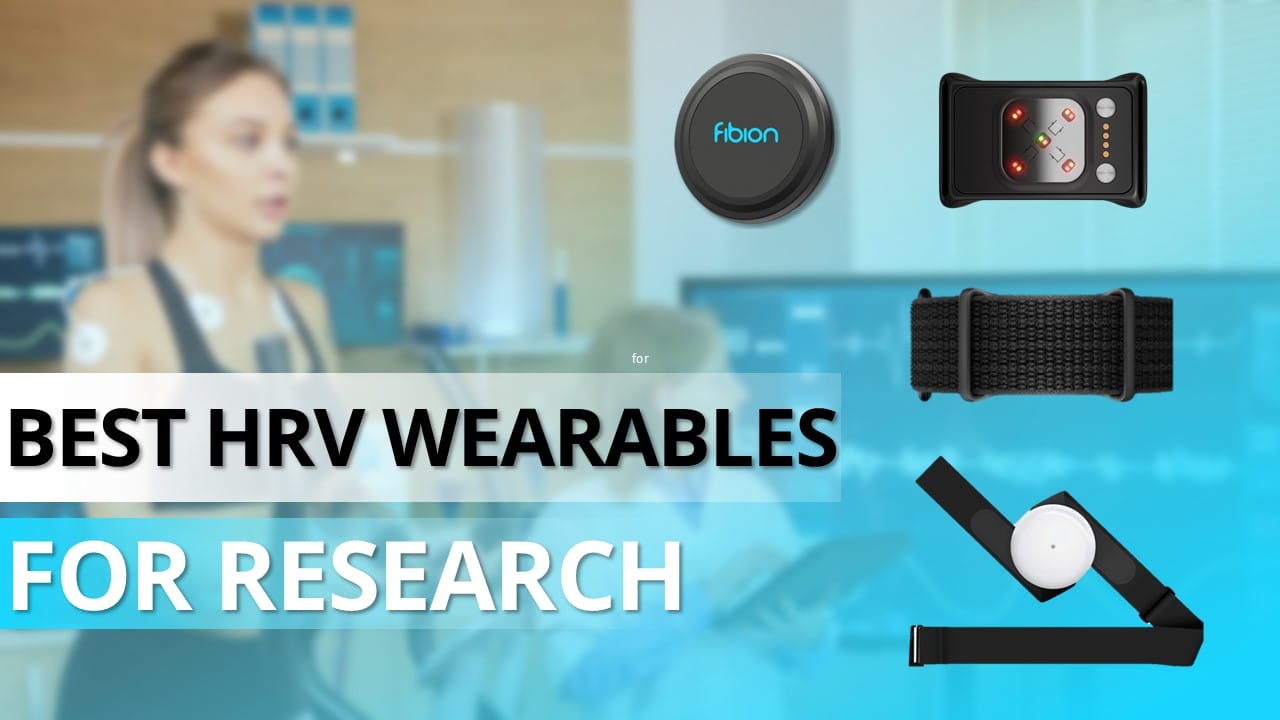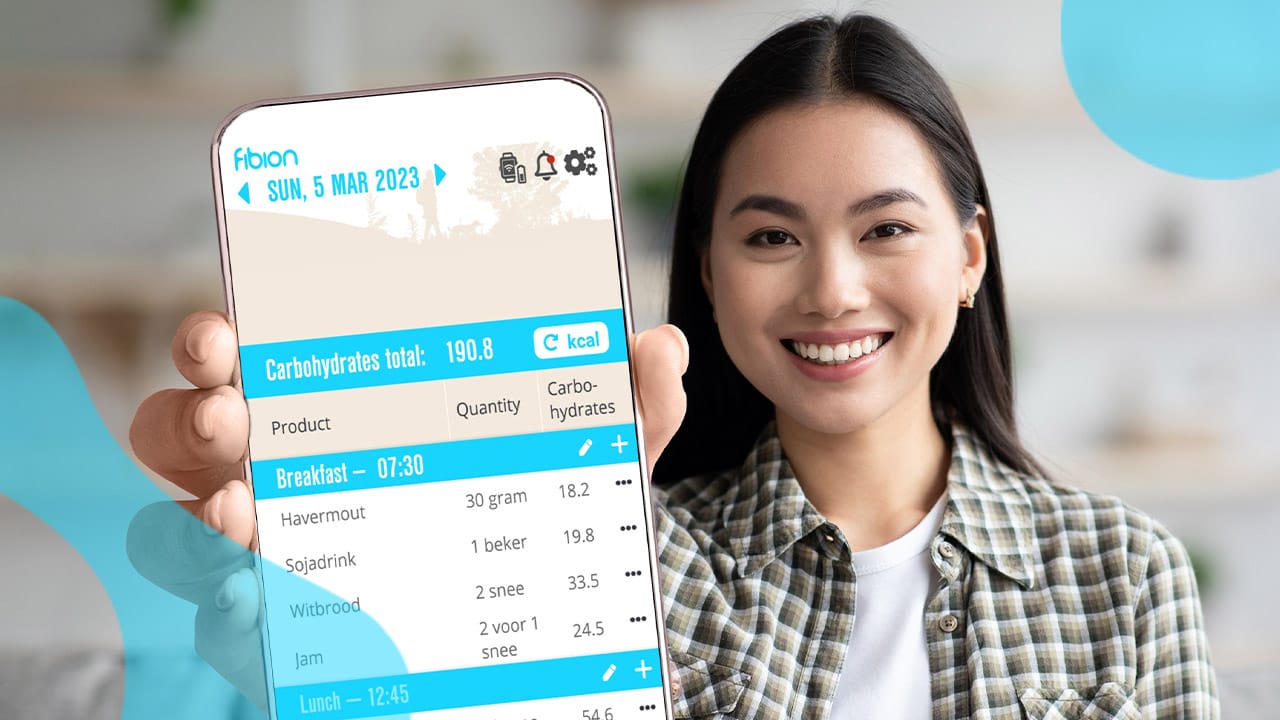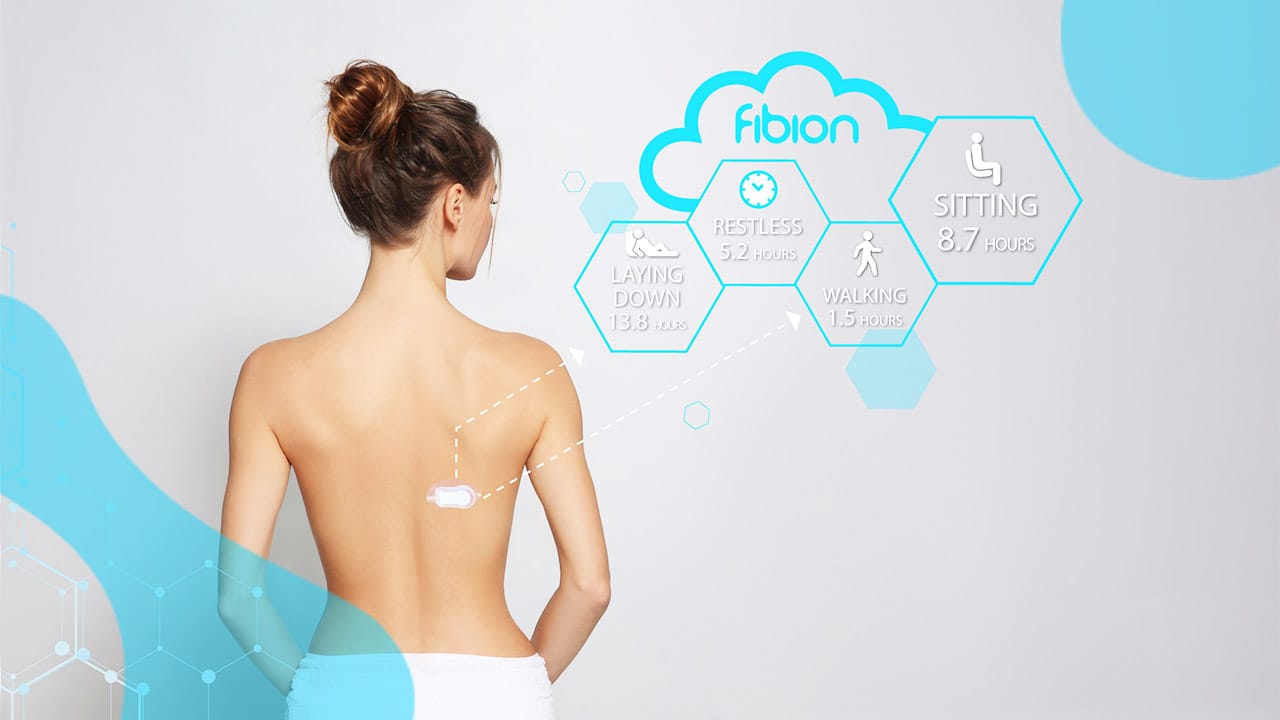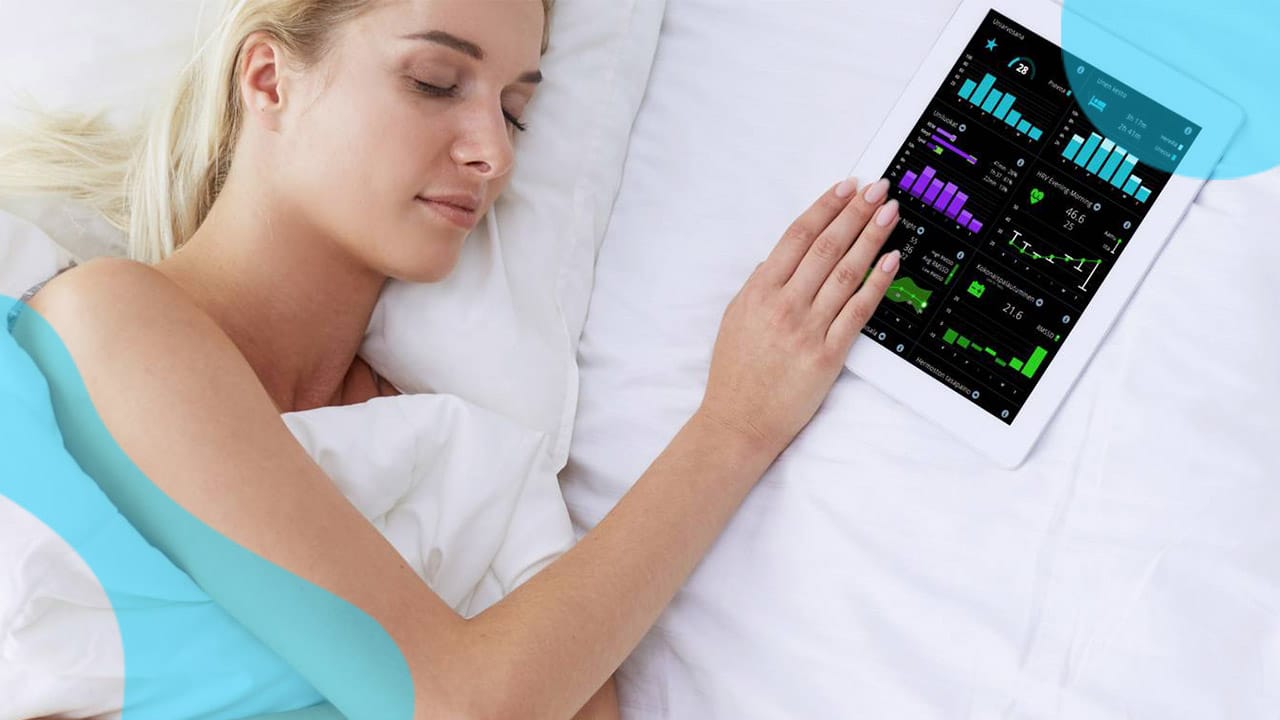The Importance of HRV Monitoring in Research
Heart rate variability (HRV) monitoring has become indispensable in many research fields, from tracking recovery to analyzing physiological responses to stress. The continuous capture of HRV data allows researchers to gather in-depth insights into autonomic nervous system activity, making it a critical metric in understanding long-term health and wellness. Both ECG-based and optical sensors are widely used, each providing unique advantages in research settings.
1. Fibion Flash
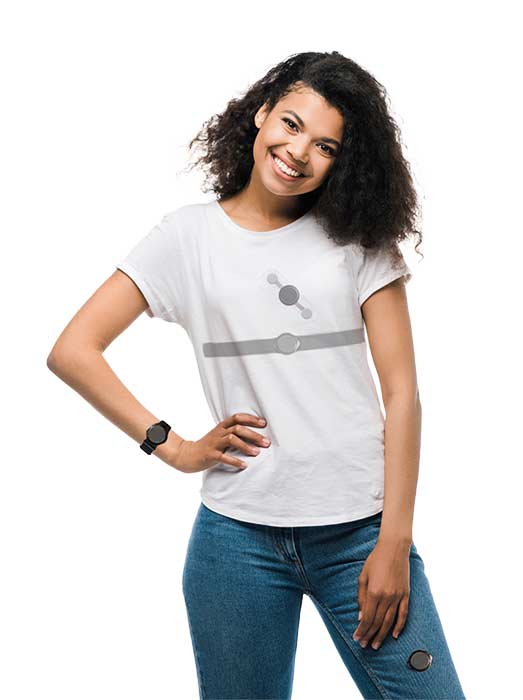
The Fibion Flash is an ECG-based chest sensor designed for high-precision HRV measurements. It can be worn with disposable ECG electrodes or a heart rate belt, offering flexibility depending on the study’s needs. This tiny, waterproof sensor is built for longevity, with an easily replaceable CR2025 battery that ensures a long life cycle without degrading over time.
Paired with Kubios, the most widely used HRV scientific software in research, Fibion Flash offers researchers access to industry-leading HRV analysis tools. With its strong SDK and API, it seamlessly integrates into custom research environments, providing researchers with the data they need.
Pros:
- Accurate HRV measurements using ECG.
- Waterproof and durable.
- Long life cycle due to its replaceable battery.
- Paired with Kubios, the leading software for HRV analysis.
- Robust SDK and API for research integration.
Cons:
- Chest-worn design may be less comfortable for some participants.
2. ActiHeart
ActiHeart is another leading ECG-based device combining heart rate monitoring with a tri-axial accelerometer. Known for its high-resolution HRV measurements (1ms accuracy), ActiHeart is well-suited for detailed research studies. Its long recording capability (up to 14 days) makes it a go-to device for extended free-living studies. However, one significant downside is its high cost, both for the device and the software required for data analysis.
Pros:
- Accurate ECG-based HRV data with 1ms resolution.
- Combines accelerometry and HRV for comprehensive metrics.
- Extended recording period (up to 14 days).
Cons:
- High price for the device and software.
- Chest-worn design may be cumbersome for some participants.
3. Fibion Helix

Fibion Helix is a lightweight, wrist-worn device using a PPI sensor for HRV monitoring. Alongside HRV, it tracks metrics like physical activity and sleep, making it ideal for long-term research that requires participant comfort. Its raw data access and strong API/SDK support make it an excellent choice for research projects that need customizable data streams and analysis.
Pros:
- PPI-based HRV monitoring with adequate accuracy for long-term studies on stress, recovery, and cardiovascular health.
- Lightweight and unobtrusive design.
- Great value for money.
- Robust API and SDK for integration into custom research platforms.
Cons:
- No display for immediate feedback during studies.
These devices represent a range of options for researchers, from ECG-based accuracy with the Fibion Flash and ActiHeart to the Fibion Helix, which balances comfort and accessibility.
4. ActiGraph LEAP
ActiGraph LEAP is a versatile, multisensor device designed for patient-centered clinical research. It combines PPG (photoplethysmography) for HRV tracking with other advanced sensors like accelerometers, gyroscopes, and temperature sensors. This wearable offers continuous HRV monitoring along with sleep, activity, and even respiratory data. LEAP integrates seamlessly with cloud-based platforms, allowing researchers to remotely access and analyze data in real-time, making it an ideal choice for large-scale studies.
However, the high cost of both the device and the associated software can be a limiting factor for some research budgets. Additionally, there is an ongoing monthly fee for advanced features and access to certain sensors.
Pros:
- Multisensor capabilities for HRV, sleep, and activity data.
- Cloud-based data processing with remote uploads.
- Comprehensive real-time monitoring.
Cons:
- High initial cost for the device and software.
- Monthly fees for advanced features.
- Rather large device, which may reduce participant comfort.
4. Fibion Vitals
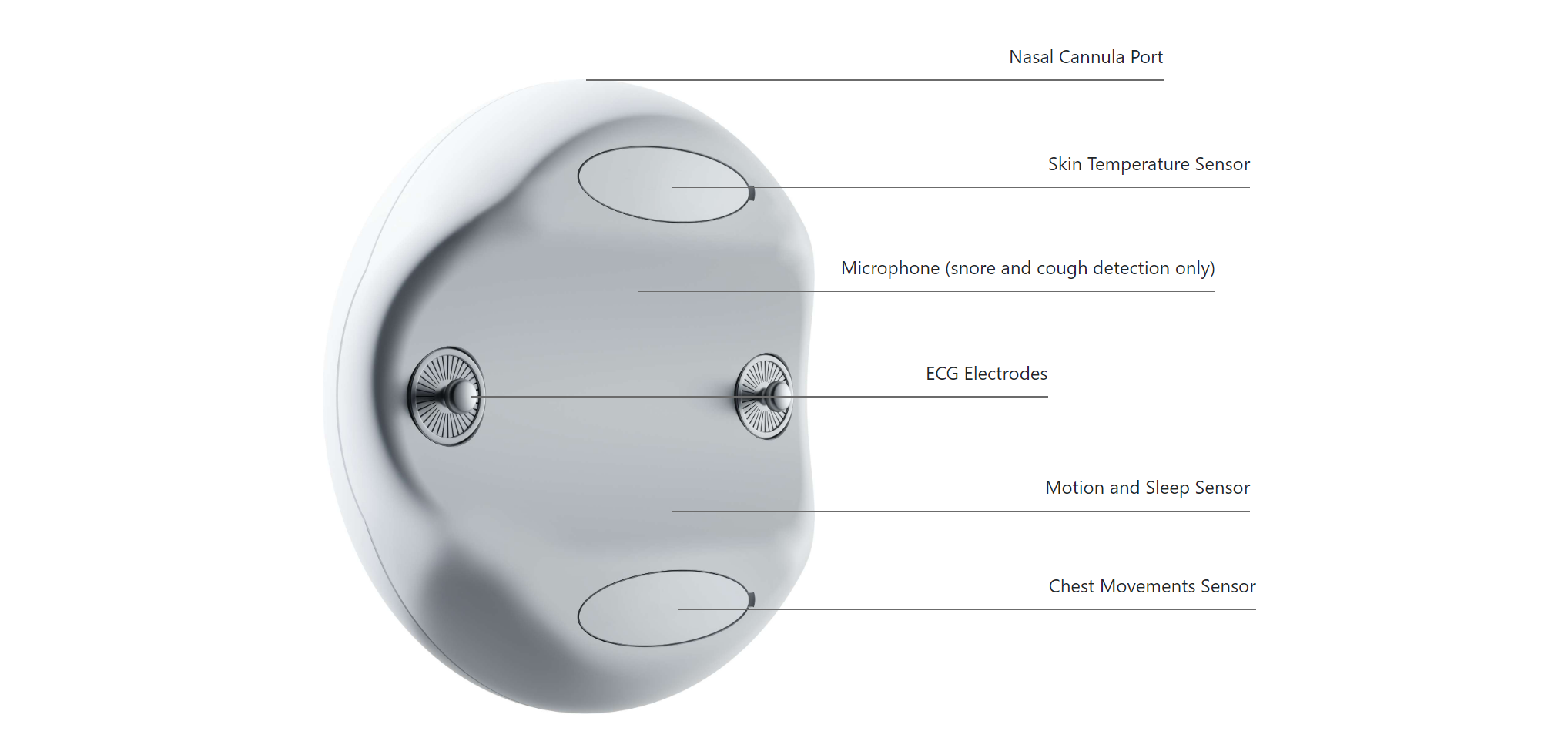
Fibion Vitals is a multi-signal monitoring device tailored for comprehensive physiological measurements in research. It offers a wide range of sensor capabilities, including impedance-based respiration, a highly accurate temperature sensor, and a 9-axis motion sensor for tracking movement in three dimensions. Designed for continuous and remote monitoring, Fibion Vitals delivers real-time HRV and other health metrics.
The device is worn using a comfortable chest strap, and its wireless connectivity ensures seamless data transfer to a cloud-based platform. This allows researchers to monitor and analyze data in real-time. It also features 72-hour battery life, making it highly reliable for long-term studies without frequent recharging. Fibion Vitals integrates smoothly with existing research platforms through its robust SDK and API, making data collection and analysis more streamlined.
Pros:
- Impedance-based respiration monitoring for comprehensive health metrics.
- 9-axis motion sensor for detailed movement tracking.
- Accurate temperature sensor.
- Strong SDK and API for research integration.
- 72-hour operation time, ideal for long-term studies.
Cons:
- Requires a chest strap, which may be less convenient for some participants .
These top HRV measurement devices provide researchers with a range of options tailored to different study requirements. Whether it’s the high-precision, ECG-based Fibion Flash, the multi-sensor capabilities of ActiGraph LEAP, the wrist-worn convenience of Fibion Helix, or the comprehensive physiological tracking offered by Fibion Vitals, each device brings unique features that can enhance your research outcomes.
For studies requiring detailed HRV and movement data, ECG-based devices like Fibion Flash and ActiGraph LEAP provide the highest accuracy and advanced data analysis tools. Fibion Helix and Fibion Vitals, on the other hand, offer convenience, comfort, and versatility for long-term studies that require continuous monitoring across multiple health metrics.
Conclusion
ECG-Based and Multi-Signal Monitoring Options: Fibion Flash, Fibion Vitals, and Fibion Helix
Selecting the right HRV measurement device for your research depends on a variety of factors, including the specific metrics you need, the environment in which you’re conducting your study, and your budget. For studies that prioritize high accuracy and comprehensive data, ECG-based options like Fibion Flash or ActiGraph LEAP are top choices. For multi-signal health monitoring, Fibion Vitals offers advanced physiological tracking capabilities, while Fibion Helix is ideal for long-term monitoring with minimal participant burden.
Enhancing Research with Comprehensive HRV Analysis
Each of these devices brings value to research settings by enabling insightful analysis of HRV and other key physiological markers, helping researchers deepen their understanding of health, recovery, and wellness in various populations.
Call to Action
📅 If you want to learn more about Fibion Helix, Fibion Flash and Fibion Vitals, do not hesitate to book a video call with our expert Dr. Miriam Cabrita.

Frequently Asked Questions:
Why is heart rate variability (HRV) important in research? +
HRV monitoring provides insights into the autonomic nervous system, helping researchers assess stress, recovery, and overall cardiovascular health in various study participants.
What makes the Fibion Flash suitable for HRV research? +
The Fibion Flash provides ECG-based HRV data, accurate motion tracking, and integrates easily with research software, making it a reliable choice for precise HRV monitoring.
How does ActiHeart benefit HRV studies? +
ActiHeart combines ECG-based HRV with tri-axial accelerometry, providing comprehensive and high-resolution data, suitable for extended free-living studies up to 14 days.
What are the advantages of the Fibion Helix for HRV tracking? +
The Fibion Helix offers a PPI sensor for HRV, a lightweight design for long-term wear, and strong API support, making it ideal for studies needing continuous HRV and activity monitoring.
How does ActiGraph LEAP support multi-metric research? +
The ActiGraph LEAP combines PPG-based HRV, accelerometry, and additional sensors for sleep and respiratory monitoring, offering cloud integration for real-time, large-scale data collection.
What makes Fibion Vitals ideal for physiological research? +
Fibion Vitals monitors HRV, respiration, and temperature, featuring a 9-axis motion sensor and strong API integration, designed for studies needing comprehensive, continuous physiological data.










